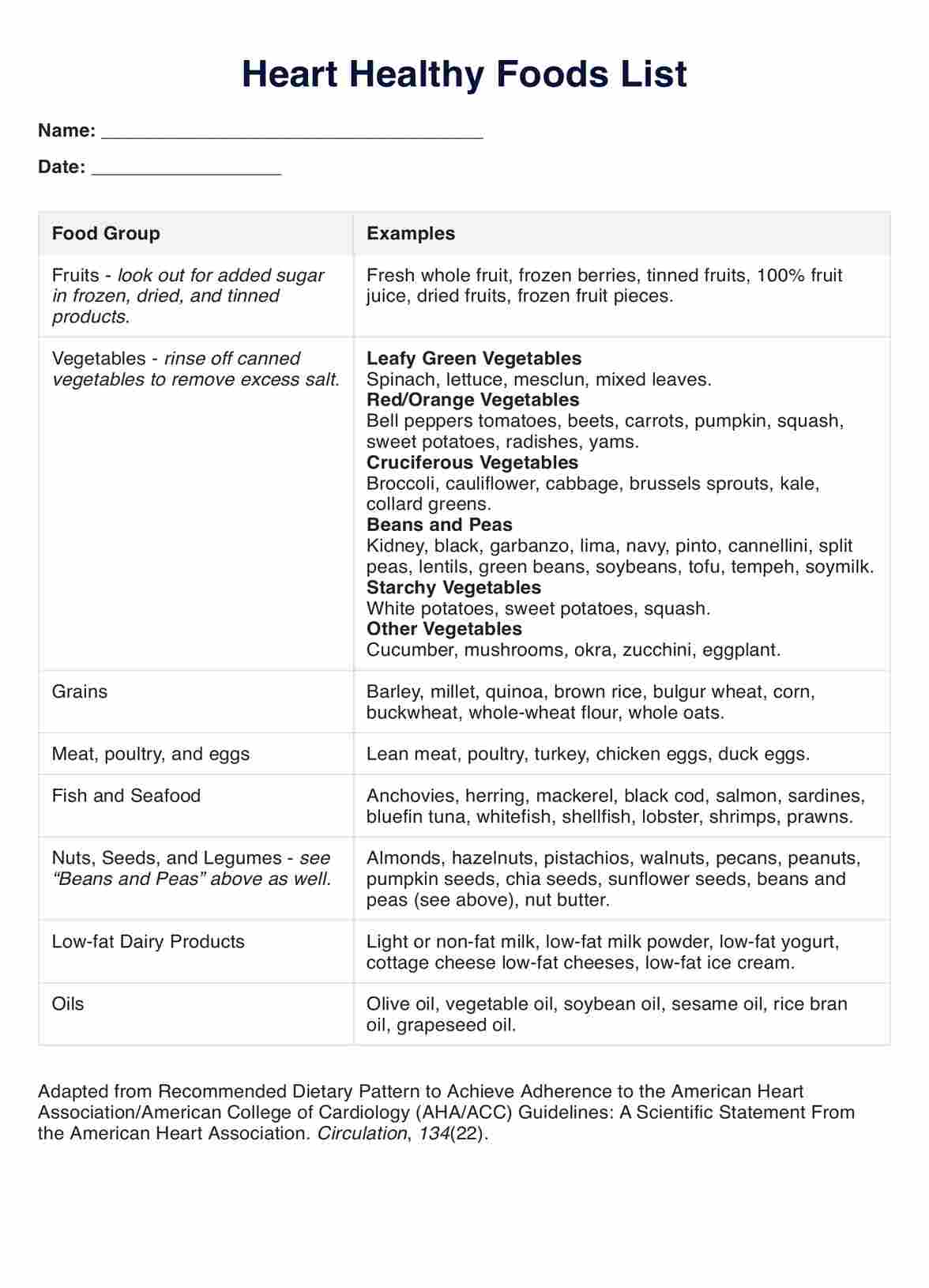We all have times when we just don’t have inspiration for meal planning or when it seems like the only quick option is an unhealthy one. This Heart Healthy Food List is designed to present a wide range of healthy options in one easy-to-see resource to help spark healthy choices every time it’s opened.












